Disclaimer: The following is for informational purposes only and not financial advice. Always do your own due diligence. I am not a licensed advisor.
The day I learned to “ask the right question”
I remember opening my account on a quiet Thursday morning, the kind of day when markets feel sleepy. MSTY’s quote blinked at me—flat price, big yield. I’d been hearing the hype: huge monthly distributions, eye-popping yields, and screenshots of “income” that looked like lottery wins. But the right question wasn’t “how much does it pay?” It was why it pays—and when. That shift unlocked the truth behind the msty ETF dividend history and the way the fund actually works.
High yield isn’t magic—it’s volatility, harvested
Here’s the simple version. MSTY doesn’t hold MicroStrategy (MSTR) shares. Instead, it uses options to synthetically mirror MSTR’s moves and sells covered calls against that exposure. When implied volatility (IV) on MSTR is high, option premiums are rich, and distributions swell. When IV cools, income shrinks. That’s why msty dividend prediction starts with one input: what is IV doing on MSTR (and by extension, Bitcoin)?
When the music was loud—and when it faded
Look back across msty ETF dividend history and you’ll see fat months that clustered when MSTR’s price ripped and IV spiked, followed by leaner months when price action chopped sideways. It’s not a flaw; it’s the design. The fund trades away upside for cash flow. When the underlying sprints, MSTY’s NAV lags a pure MSTR stake, but the cash it throws off can be enormous. When the underlying stalls, income cools. Either way, the mechanism is consistent.
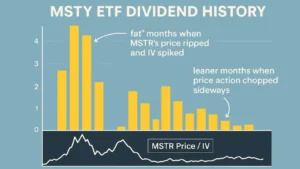
MSTY ETF dividend schedule, in real life
On paper, MSTY pays monthly, yet many investors notice 13 cash events per year because distributions commonly fall on a four-week cadence. Practically, that feels a hair faster than calendar-monthly. Planning around this msty etf dividend schedule matters: retirees map bills to cash flow; builders reinvest on a rhythm. In both cases, understanding the four-week pulse helps set expectations.
The ex-date lesson I learned the hard way
I once chased a payout by buying before the msty ex ex-dividend date. Yes, I captured the distribution—but the price opened lower by roughly that amount (and then some). Often, the market “adjusts” on ex-day. Sometimes the drop is a wash, sometimes it overshoots. Eventually, I preferred buying on the ex-date or later, when volatility shook out. There’s no perfect rule—only a playbook: know the ex-date, expect the markdown, and prioritize your entry price over FOMO.
June 2025: a snapshot that explains the system
June 2025 told a familiar story. MSTR’s volatility was softer than the fireworks of late 2024, so MSTY ETF dividend June 2025 landed in the “moderate” camp. Nothing broken—just math. Lower IV → thinner option premiums → smaller MSTY cash distribution. Investors who understood that formula weren’t surprised; they sized positions for cycles, not single months. The win wasn’t perfection; it was predictability.
How I built a quick MSTY dividend prediction
When I sketch a msty dividend prediction, I walk through three steps:
1) Start with the engine (IV):
Check if MSTR’s implied volatility is rising, flat, or falling. Rising IV lifts expected income; falling IV trims it.
2) Look at price behavior, not headlines:
Strong, trending moves—especially fast upside—can fatten option premiums. Flat drift starves them.
3) Respect the four-week clock:
Because distributions cluster every four weeks, I avoid over-weighting a single month. I average several periods when estimating a forward run-rate.
None of this is a crystal ball. But it keeps me honest—and grounded in how the ETF actually produces cash.

Why “income screenshots” can mislead
You’ll see examples where someone reinvested every payout and compounding turned a dip into a bright green total return. That can happen—especially when an IV spike lines up with timely reinvestment. But understand the tradeoff: MSTY caps a chunk of upside to fund those distributions. If you purely want growth, MSTR itself can outrun MSTY in hot markets. If you want cash now, MSTY is purpose-built for cash flow, with NAV “drag” as the fee you willingly pay.
Fees, frictions, and reality checks
MSTY’s expense ratio sits near 1%. On $100,000, that’s roughly $1,000 per year in fund costs. Not back-breaking if option income is healthy, but it’s a line item you should acknowledge. Also, taxes matter. Distributions may be treated as ordinary income or return of capital, depending on the period and composition. Consult a tax pro; build net-of-tax expectations, not just headline yields.
Risk isn’t a villain—just name it
Three risks define my MSTY mindset:
- Volatility compression: If MSTR IV stays low, income follows it down.
- NAV erosion during drawdowns: Covered calls won’t shield deep selloffs.
- Behavioral risk: Chasing the biggest month can lead to buying tops and selling troughs.
Naming risks keeps them from ambushing you.
A simple plan that kept me calm
I sized MSTY as a satellite, not a core. I paired it with steadier income funds and a cash buffer. I reinvested during softer months and took cash in stronger ones. And I never assumed last month’s yield was a promise. This let me enjoy the cash without betting my future on a single IV cycle.

June to July: what changed and why it mattered
Heading out of June 2025, Bitcoin wobbled, MSTR breathed, and IV didn’t explode. Consequently, July’s payout odds looked “reasonable,” not record-breaking. That’s the heart of msty dividend prediction: don’t predict dollars, predict drivers. If IV rises, income can rebound quickly. If it sinks, expect learner checks. It’s a throttle, not a switch.
Should you buy before the next ex-date?
Ask yourself two things: Am I buying because of the check, or because the price and IV trend make sense? If it’s the check, remember the ex-date markdown. If it’s the setup, your entry can be patient—even after the msty ex dividend date—because your thesis isn’t a single Friday deposit; it’s a process that repeats every four weeks.
Bottom line: know the engine, trust the rhythm
The story of MSTY is simple: volatile underlying, option income, and rhythmic cash. MSTY ETF dividend history reads like a seismograph of MSTR’s IV. MSTY ETF dividend schedule arrives in four-week footfalls. msty etf dividend June 2025 reminded us that smaller checks aren’t failure—they’re feedback. Learn the engine, size the risk, and the income stops feeling mysterious.
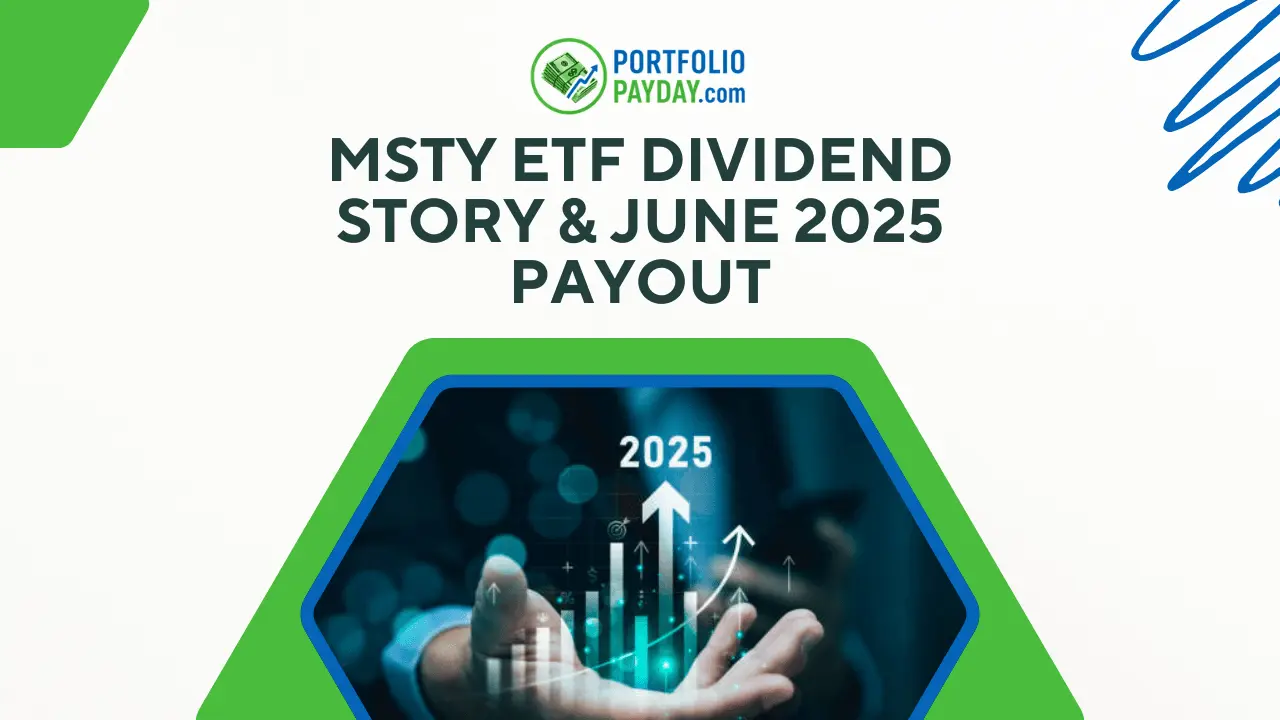
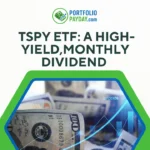


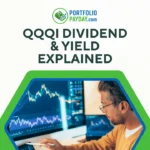
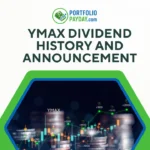




![Is SCHD Dead Weight — Or the Ultimate Dividend Machine? [2025 Guide]](https://portfoliopayday.com/wp-content/uploads/2025/08/SCHD-Thumbnail-150x150.png)



